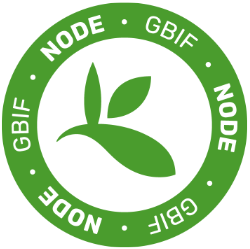Description:
From our paper: "The collections community has recognized that digitization processes need to be made more efficient to meet pressing scientific and societal needs (a topic broadly reviewed by Chapman 2005a), a notion supported by such initiatives as GBIF (http://www.gbif.org), iDigBio (http://www.idigbio.org) and the Thematic Collections Networks funded by the National Science Foundation’s Advancing Digitization of Biodiversity Collections (ADBC) program (http://www.nsf.gov/pubs/2011/nsf11567/nsf11567.htm), Atlas of Living Australia (http://www.ala.org.au/), ViBRANT (http://vbrant.eu/), and VertNet (http://www.vertnet.org). However, little has been published that characterizes modern existing and effective digitization workflows for a broad range of collections (e.g. plant, insect, vertebrate, fossil, microscope slides). We believe such characterizations are an early step in the process of building a common framework for sharing efficiencies across biological and paleontological research collections." Our paper strives to synthesize observations of digitization-in-progress from natural history collections housing a variety of specimen types while looking for the underlying common effective practices and seeking to illuminate where and how further progress might be made.




